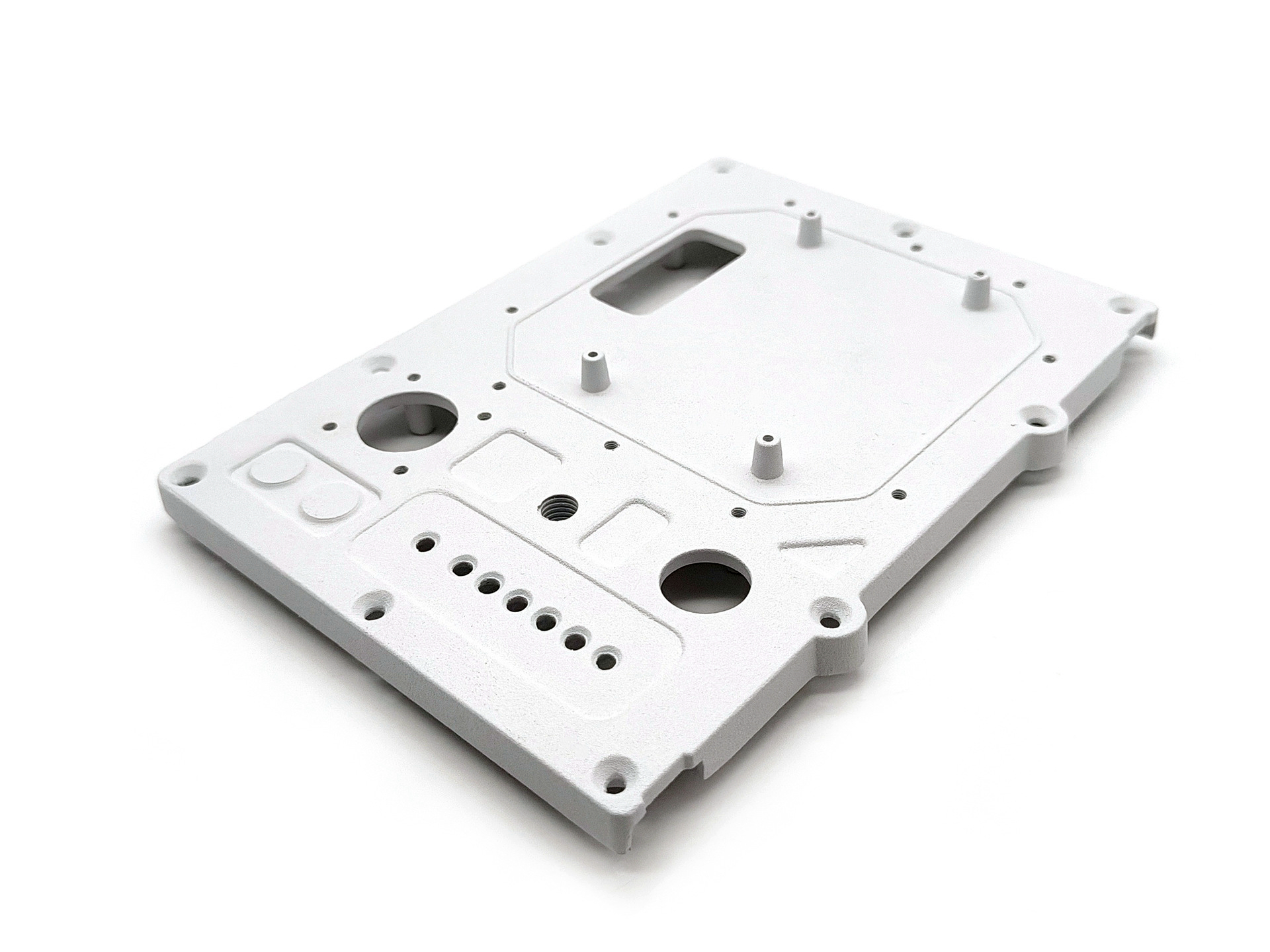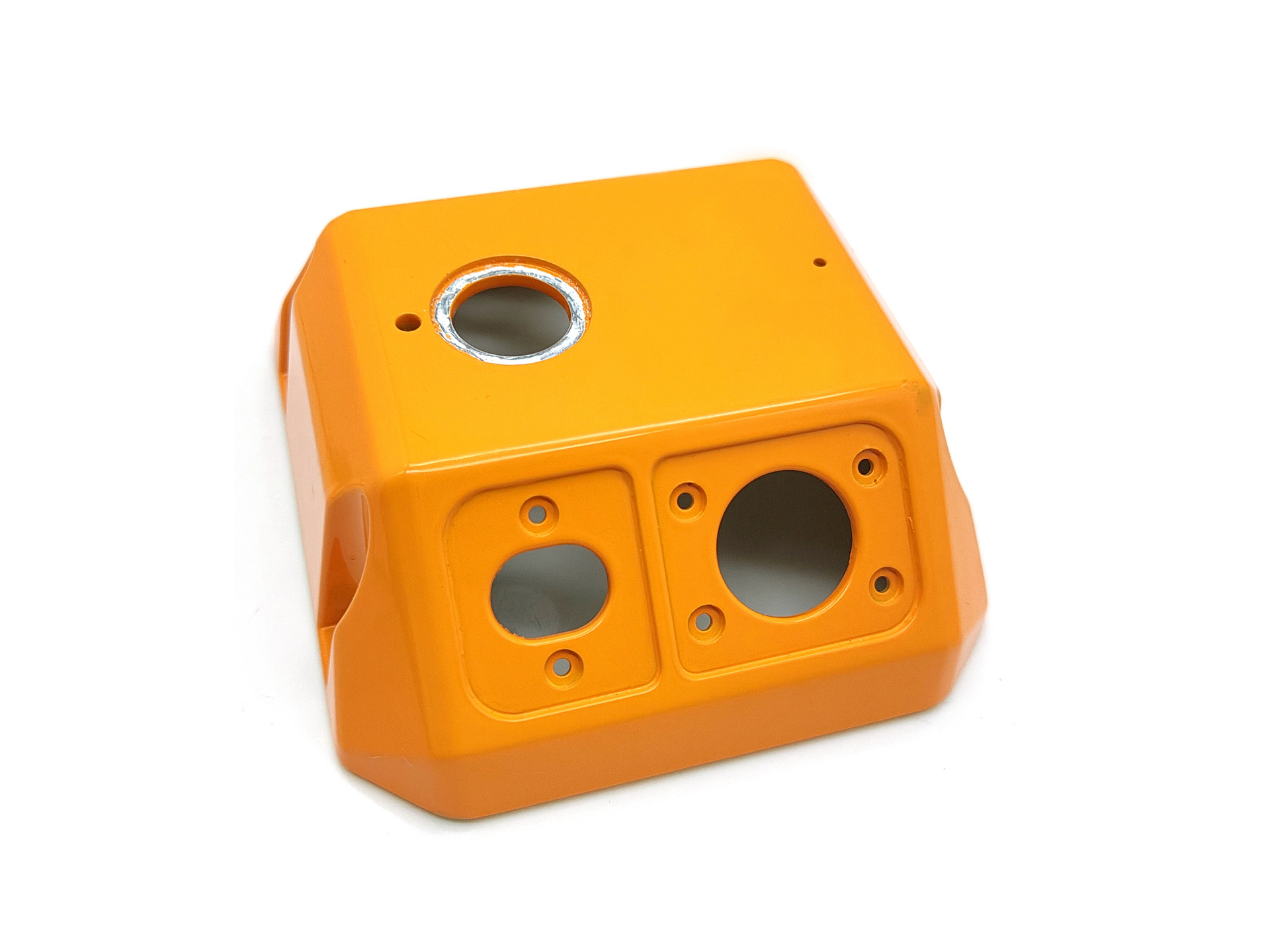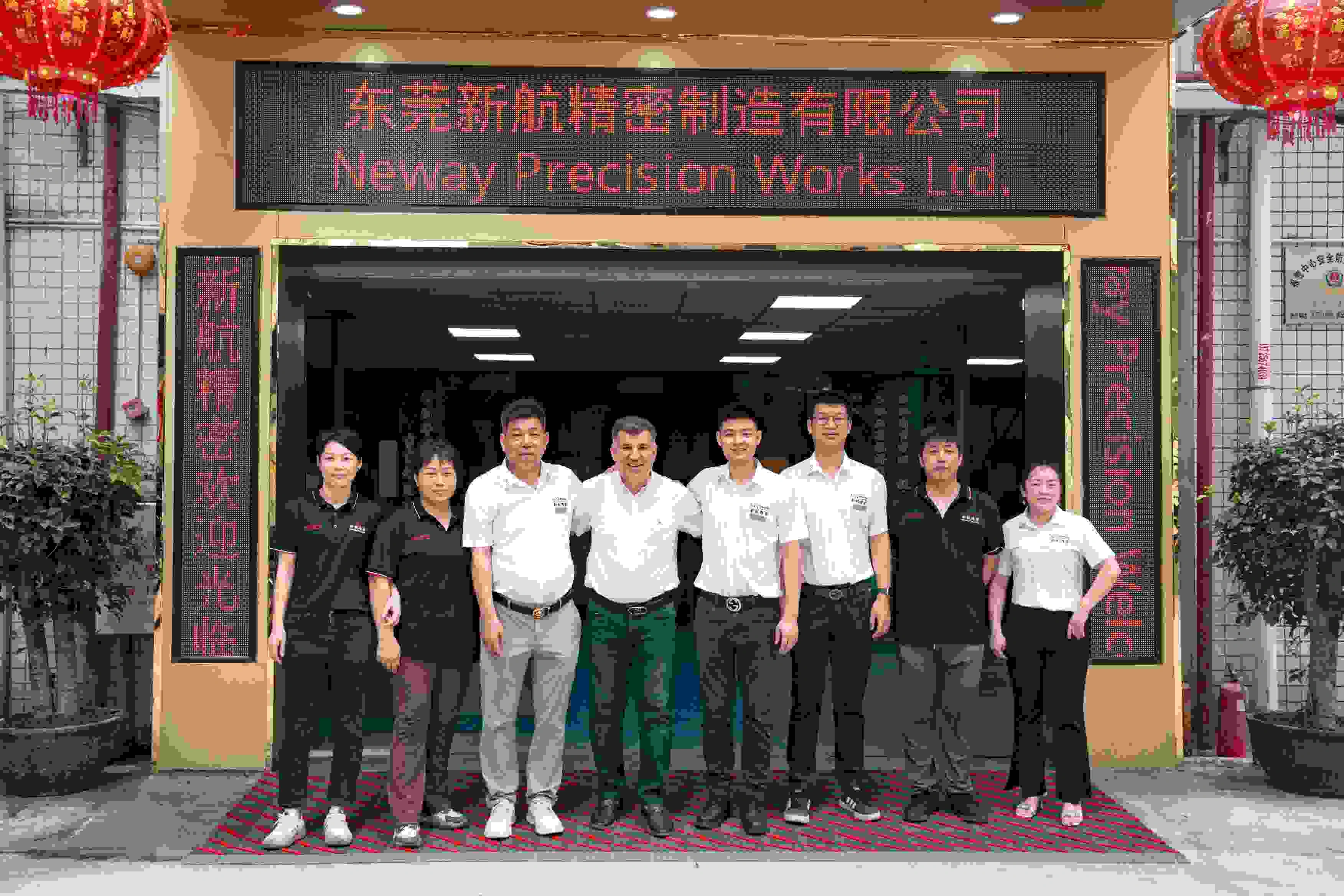How does die casting compare to CNC machining in automation hardware?
How Does Die Casting Compare to CNC Machining in Automation Hardware?
Production Volume and Cost Efficiency
Die casting excels in high-volume production of automation hardware components with consistent dimensional accuracy. Once the tool and die are created, thousands of parts can be produced quickly with minimal unit cost—ideal for standard housings, brackets, or structural frames. In contrast, CNC machining is more cost-effective for low-volume or custom parts due to its flexibility and lack of tooling requirements, though per-unit costs remain significantly higher at scale.
Geometric Complexity and Design Flexibility
CNC machining allows greater freedom for complex geometries, undercuts, and internal channels without requiring cores or slides. It is optimal for prototyping or specialized automation hardware where design iterations are frequent. Die casting, however, enables the creation of thin-walled, lightweight components with intricate external geometries. Alloys like ADC12 and Zamak 3 support detailed features and maintain structural integrity, making them suitable for repeat-use enclosures and modules.
Material Options and Mechanical Properties
Die casting primarily supports non-ferrous metals such as aluminum, zinc, and copper alloys. These materials provide good strength-to-weight ratios, corrosion resistance, and dimensional stability. CNC machining, on the other hand, accommodates a broader range of metals—including hardened steels and exotic alloys—offering superior mechanical properties for load-bearing or high-precision parts in automation systems.
Tolerance and Surface Finish
CNC machining offers superior tolerances, often down to ±0.01 mm, essential for shafts, gear interfaces, and sensor alignment. However, modern die casting can achieve tolerances within ±0.05 mm for most automation hardware components, especially when combined with post-machining. Surface finishes in die casting (Ra 1.5–3.2 µm) are generally sufficient for functional surfaces, and can be enhanced through anodizing, powder coating, or tumbling.
Lead Time and Prototyping
CNC machining supports faster prototyping and product development cycles, often turning parts within days. Die casting has longer lead times due to the need for mold creation but offers faster cycle times once in production. For bridging the gap, rapid prototyping and urethane casting can be employed to validate part design before committing to tooling.
Recommended Manufacturing Pathways for Automation Hardware
To ensure cost-efficiency and performance in automation hardware, Neway recommends:
Die Casting Services: For producing high-volume, cost-effective enclosures and structural parts.
CNC Machining Services: For high-precision or low-quantity automation components.
Rapid Prototyping: To validate designs quickly before production tooling.
Our integrated capabilities help you transition seamlessly from design to production while optimizing for cost, speed, and performance.



